If you’ve been stuck in a wine rut and are looking to shake up your routine, here’s a little advice: try a glass of Grüner Veltliner. This rising star of the wine world has soared in popularity over the past few decades. The reason why – Grüner is pretty outstanding paired with food, but trust us, it’s equally delicious when flying solo.
Grüner Veltliner translates to “green wine from Veltin.” Veltin is the German name for Valtellina in northern Italy, a region which has been plagued by a tug-of-war between nations for hundreds of years. This white variety calls Austria home, where it makes up around a third of all vineyard plantings. The offspring of Gewürztraminer and an exceptionally rare variety called St. Georgener Rebe, Grüner is famous for its white pepper, stone fruit, citrus, herbal aromas and flavors. Botrytized versions can be honeyed and show some ginger spice. Occasionally, it is aged on the lees, giving it a richer, creamier texture. Regardless of the style, you’ll find Grüner to be mineral, full of racy acidity and capable of great complexity. The best part? Grüner is a white wine that can age beautifully.
As mentioned above, this grape holds the top spot for white varieties in Austria and there are a few stand out regions to bear in mind next time you’re in the market for a little Grüner.
Wachau
Situated along the banks of the Danube, Wachau is one of Austria’s most lauded wine regions. Wine has been made here for millennia but today, Wachau is known for its Rieslings and Grüner Veltliners. What makes it unique from other Austrian wine regions is that it has its own classification system as laid forth by Vinea Wachau, a consortium of winemakers in the region whose goal is to protect and promote the wines of their region.
Steinfeder – The lightest, cleanest, and most refreshing style which can come in at no more than 11.5% ABV. Its name is derived from a local grass.
Federspiel – slightly riper than Steinfeder, Federspiel ranges from 11.5-12.5% ABV and refers to a falcon found in the region.
Smaragd – This is the richest of the three Wachau designations. At a minimum of 12.5% ABV, smaragds can be quite full-bodied, rich and leave your wallet a few Jacksons lighter. A smaragd is also an emerald green lizard which inhabits the vineyards.
Kamptal
One of Austria’s nine DAC (Districtus Austriae Controllatus) regions, Kamptal produces wines from Riesling and Grüner. It’s made up of a diverse range of soil types and its steep slopes help winemakers create stunning examples of Grüner Veltliner. The wines are pure, mineral, and those marked reserve can even show some botrytis and oak.
Kremstal
Another DAC just south of Kamptal, Kremstal is noted for its spicy Grüners. And like other DACs, you’ll find both classik and reserve styles.
In Vienna, Grüner is used for Heurigen wines, ultra young wines served fresh in special taverns. Outside of Austria, the Czech Republic and Slovakia have major Grüner Veltliner holdings. It’s also found in Trentino-Alto Adige, Hungary and Germany – none of this is too surprising when you take into consideration the scope of the former Hapsburg Empire. Australia and the US are big Grüner producers are far as the New World goes and are proving that great Grüner can be made worldwide.
Excellent for summer, salads, Grüner also pairs well with trickier guys like Thai food and the notoriously difficult asparagus and artichoke. Basically, Grüner is something we should all be drinking more of. Personally, my first time trying a glass of Grüner, it was love at first sip. I imagine it’ll be the same for you too.

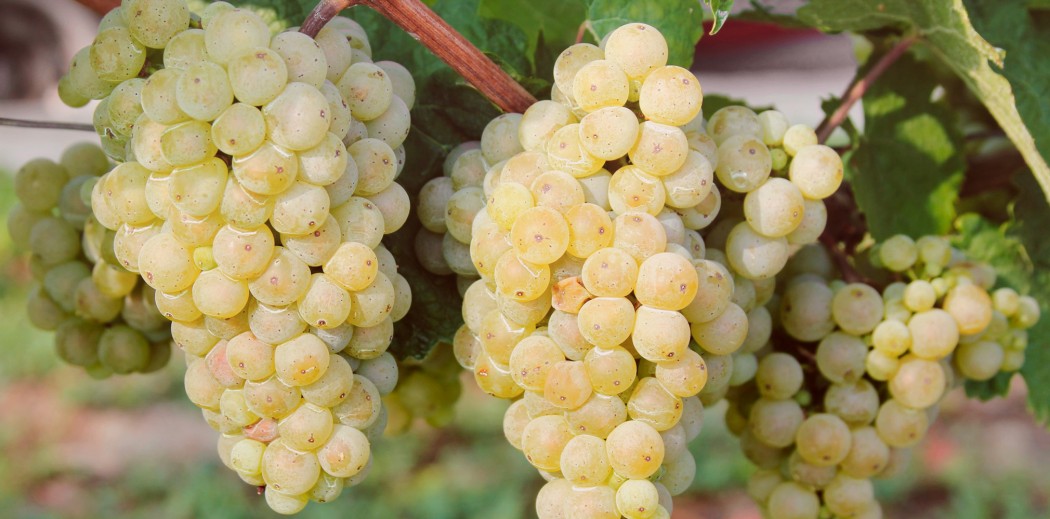
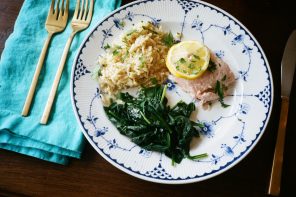
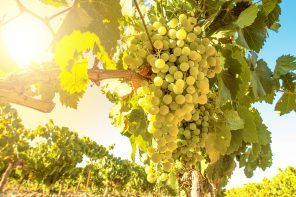


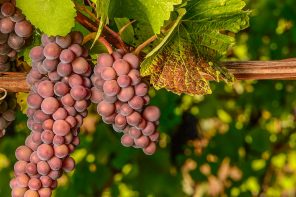
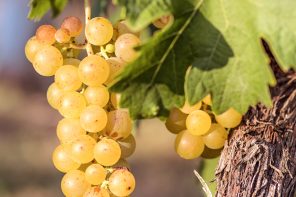
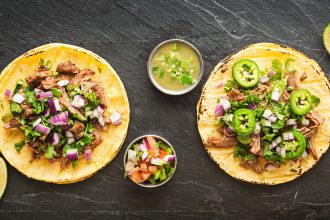
The parents of Gruner Veltliner are actually St. Georgen and Traminer, not specifically Gewurztraminer. Danke schoen for your love of our signature grape! Thanks for covering it!
My grandparents had vineyards and owned the gasthouse in st. Georgen.